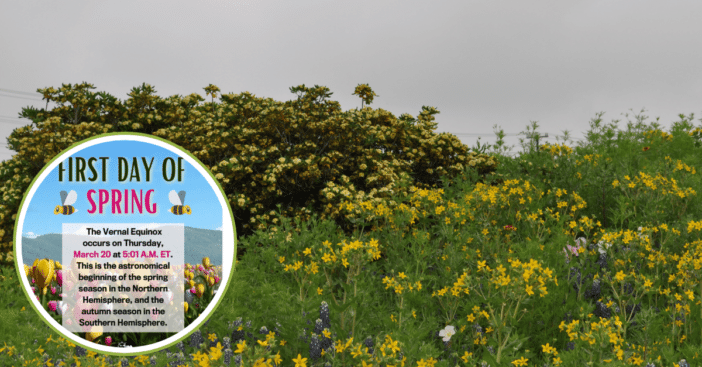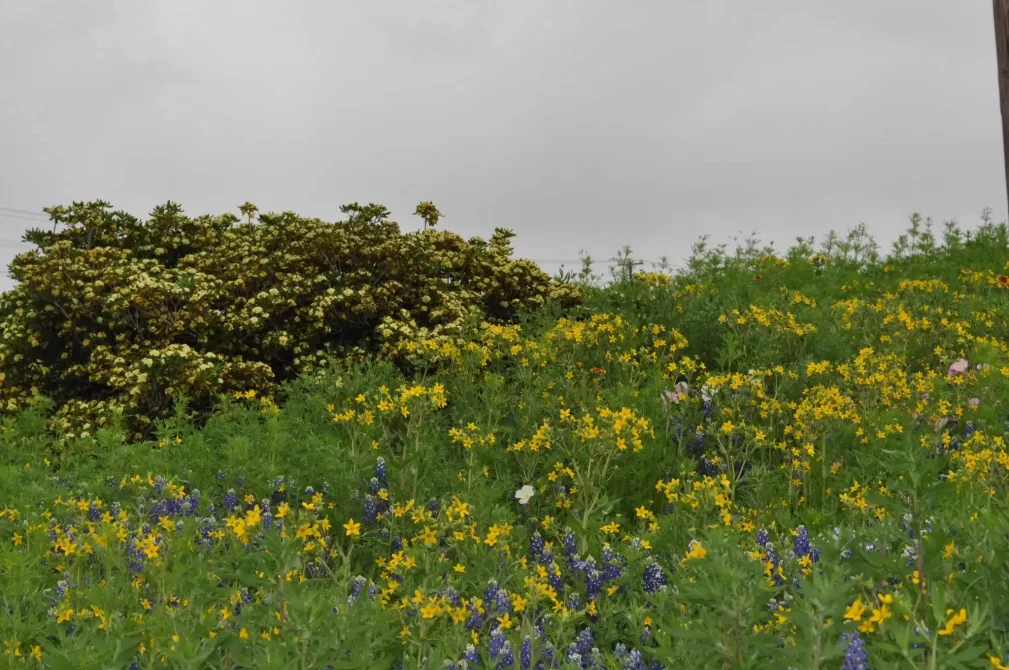
Spring is gradually settling into Texas. The return of hummingbirds and a temperature shift signals the switch from a harsh winter to a milder season. The blooming trees and longer daylight hours hint at these changes. While meteorological spring began on March 1 and daylight saving time started on March 9, the official first day of astronomical spring is just around the corner.
Beyond marking the transition to warmer weather, spring holds a different significance. It usually represents renewal, growth, and the start of the agricultural season in many regions. As Texans prepare for the months ahead, experts have shed light on what this year’s spring weather will bring. Here’s what you need to know about the arrival of spring and the seasonal forecast for Texas.
When is the first day of Spring 2025?
View this post on Instagram
The first day of astronomical spring, also known as the spring equinox, falls on Thursday, March 20, 2025. This is when the Sun crosses the celestial equator; it eventually results in nearly equal hours of daylight and darkness.
The spring equinox date varies slightly each year, but it often occurs between March 19 and March 21. However, the United States has not experienced a March 21 equinox in the 21st century due to time zone differences. According to the Old Farmer’s Almanac, this will not happen again until 2101.

What to expect for Texas’ spring weather
Spring weather in Texas is influenced by various climate patterns, including El Niño and La Niña. These shifts can affect temperatures and storm activity, and it might lead to unpredictable conditions. The Farmers’ Almanac predicts a warm and dry spring for Texas, with cooler-than-average temperatures in March and April before transitioning to above-normal heat in May. While much of the U.S. is expected to experience an active storm season, Texas and the Great Plains may see drier conditions, with rainfall levels near or below average.

Also, the National Oceanic and Atmospheric Administration (NOAA) suggests that if La Niña conditions persist, Texas could face an increased risk of severe weather, including large hail and tornadoes, between March and May. As Texas moves further into the season, the warming trend will continue, setting the stage for a hot summer. Whether spring brings thunderstorms or a drier pattern, residents should prepare for changing conditions in the months ahead.
